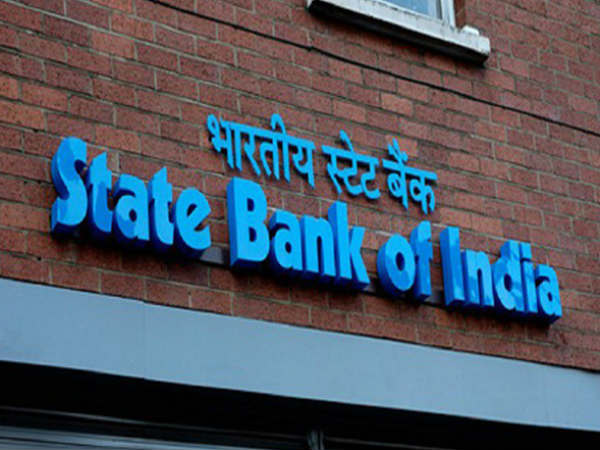Axis Bank Q4 net profit surges to Rs 2,677 crore
[ad_1]
Read More/Less
Private sector lender Axis Bank reported a sharp rise in its net profit for the quarter ended March 31, 2021 with robust loan growth.
Back in the black, Axis Bank’s net profit stood at Rs 2,677.06 crore in the January to March 2021 quarter as against a net loss of Rs 1,387.78 crore in the same period a year ago. On a sequential basis, its profits grew 140 per cent from Rs 1,116.60 crore in the quarter ended December 31, 2020.
For the full fiscal 2020-21, Axis Bank’s net profit surged 305 per cent to Rs 4,961.28 crore versus Rs 1,627.22 crore in 2019-20.
For the quarter ended March 31, 2021, the private sector lender registered an 11 per cent growth in its net interest income to Rs 7,555 crore from Rs 6,808 crore a year ago. The net interest margin stood at 3.56 per cent in the fourth quarter last fiscal as against 3.55 per cent a year ago.
Other income grew 17.1 per cent to Rs 4,668.3 crore in the quarter under review.
For the fourth quarter of 2020-21, the bank’s provisions fell 57.4 per cent to Rs 3,294.98 crore from Rs 7,730.02 crore a year ago.
“The bank held cumulative provisions (standard + additional other than NPA) of Rs 12,010 crore at the end of the fourth quarter of 2020-21. It is pertinent to note that this is over and above the NPA provisioning included in our PCR calculations,” Axis Bank said in a statement on Tuesday.
Asset quality has improved. Gross non-performing assets stood at Rs 25,314.84 crore as on March 31, 2021 or 3.7 per cent as against 4.86 per cent a year ago. Net NPAs amounted to 1.05 per cent as on March 31, 2021,versus 1.56 per cent a year ago.
The board of directors of the bank have considered it prudent to not propose any dividend for the year ended March 31, 2021, in light of the situation developing around Covid-19 in the country and related uncertainty that it creates, Axis Bank further said.
[ad_2]





